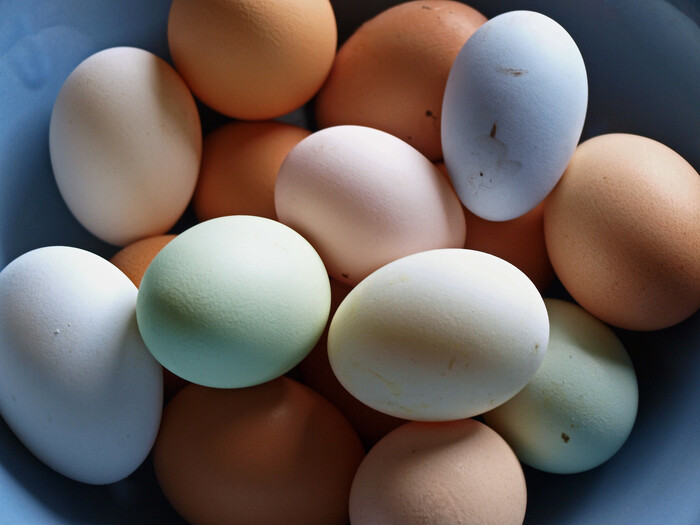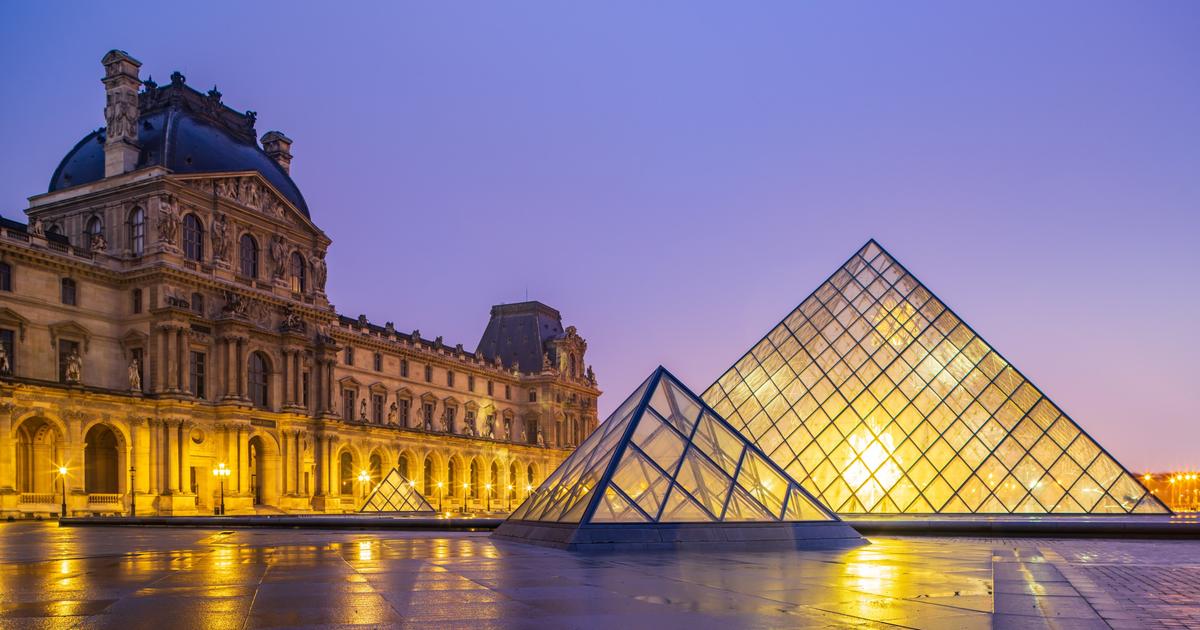The war in Ukraine and growing Chinese influence have changed the situation in Central Asia.
For five years at the head of Uzbekistan, Chavkat Mirzioev spares the great tutelary powers while opening up to the West in the hope of a lasting balance of peace and growth at home.
In mid-September, he hosted Xi Jinping and Vladimir Putin at a regional summit.
Last Tuesday, he was in Paris, signing a battery of cooperation agreements with France.
Then the two Heads of State went to the Louvre as well as to the Arab World Institute to inaugurate two exhibitions spearheading this strengthened understanding.
Recalling the rich and deep history of the Silk Road on these central Eurasian oases that are the cities of Samarkand and Bukhara, they are indeed the fruit of ten years of archaeological missions and heritage restorations. carried out jointly.
Or a well-thought-out cultural diplomacy.
Star with stylized vegetal decoration, Central Asia (14th
century).
R.Chipault
Samarkand, Bukhara: these names, at least since Marco Polo, are synonymous with splendor and adventure, peaceful exchanges as well as conflicts.
We come across as many long-term merchants as conquerors who have carved out some of the largest empires ever formed with their sabers: Alexander the Great, Genghis Khan, Tamerlane... As for religions, even if the secular republic of Uzbekistan is today 90% populated by Sunnis, they have constantly rubbed shoulders here.
Read alsoThe memory of the Silk Roads
Animism, Zoroastrianism, Manichaeism, Buddhism, Nestorianism, Judaism: we go through them even before the arrival of Islam.
How to bring this density, these influences, Greek, Iranian, Chinese, Indian, steppe, and this long history of nearly two millennia into the modest spaces of the lower level of the Richelieu gallery (240 m²)?
Answer: by presenting only exceptional, perfectly eloquent objects.
Polychrome remains
Among the 170 selected by Yannick Lintz, former director of the Islamic arts department at the Louvre and who has just taken the reins of the Guimet Museum of Asian Arts, the oldest is a serpentine sculpture discovered in the Fergana Valley (border is).
It dates back to the third millennium BC.
Follow those evoking the Bactria of the Ancients.
In the 3rd century, the caravan routes were already well developed, governed between the Pamir mountains and the Aral Sea by a host of oasis-states imprinted with Hellenism.
The princes of the Kushan dynasty who hold them had their effigies modeled as well as those of their deities in clay.
We discover these polychrome and sometimes monumental remains, extracted since the 1970s from the sites of Dalverzine-Tépé and Kaltchayan,
The great neighboring empires very early evoked these oases as partners in international geopolitics
Rocco Rante, Louvre archaeologist and scientific curator
One of these Kushan princes wears a pointed cap as a crown guide.
He resembles the jester of the Medrano circus represented by Picasso.
But let's not laugh too quickly:
"the great neighboring empires very early evoked these oases as partners in international geopolitics"
, recalls one of the nine archaeologists of the Louvre and scientific curator, Rocco Rante.
An observation that is obviously worth as much today as before.
Head of a prince, 2nd
-3rd
century, site of Dalverzin Tepe (Bactria).
Andrey Arakelyan
The Kushan culture, which left treasures of gold and palaces covered with frescoes, was followed in waves by the nebula of the Huns.
These nomads are quickly transformed into aristocrats of principalities, having the eye and the hand on the incessant convoys of textiles, paper, spices, pigments, soon porcelain and powder.
We live under the auspices of the god of silk, a character we discover in a votive panel from the 7th century.
Not far away, a foldable fork-spoon, unearthed by Rocco Rante, gives an idea of the modernity and adaptability of these merchant groups.
delicate miniatures
On one wall, the burnt wooden panels of one of the gates of Kafir Kala, a citadel ravaged by Genghis Khan in 1220 and miraculously found in 2018, are much more than coal.
We distinguish the primary goddess of love in the center of her court.
With her, India and its thousand beliefs are not far away.
Which are next to the rock crystal seal of Mani, the founder of Manichaeism (3rd century, on loan from the medal cabinet of the BnF).
Also nearby, the famous shroud of Saint Josse preserved in the Louvre, testifies that, in the Middle Ages in our latitudes, one could bury a Breton saint in a fabric embroidered with elephants, dragons and inscriptions in Arabic, both the taste of oriental goods was powerful then.
The arrival of Islam is marked above all by the presence of pages from one of the oldest and most venerated Korans (that of Katta Langar, also restored by a Franco-Uzbek team).
And its apogee is evoked in images or with pieces of decoration from the most sumptuous mausoleums, medersas and minarets, all resplendent with their polychrome glazed ceramic skin (14th-17th centuries).
Candlestick in the name of Timur Leng (1396-1397), Mausoleum of Khoja Ahmed Yasavi, Turkestan.
Louvre Museum
In the adjacent windows, books on loan from the BnF (from Avicenna's manuscript to Marco Polo's
Book of Wonders
) delight bibliophiles.
Others, from the Institute of Oriental Studies in Tashkent or the British Library in London, are open to delicate Persian-style miniatures.
We even see Genghis Khan on his throne.
The route ends at the opening, with two of the ivory-inlaid doors of the Mausoleum of Tamerlane.
Thanks to the French specialists who pampered them, they left Samarkand for the first time.
“Splendours of the oases of Uzbekistan”, until March 6, 2023 at the Louvre.
El Viso catalogue, 320 pages, €39.
Tel.: 01 40 20 53 17.
“Follow all the news from
Figaro
culture on
and
.
» Discover the guided tour program of the
Figaro Store
here
.









